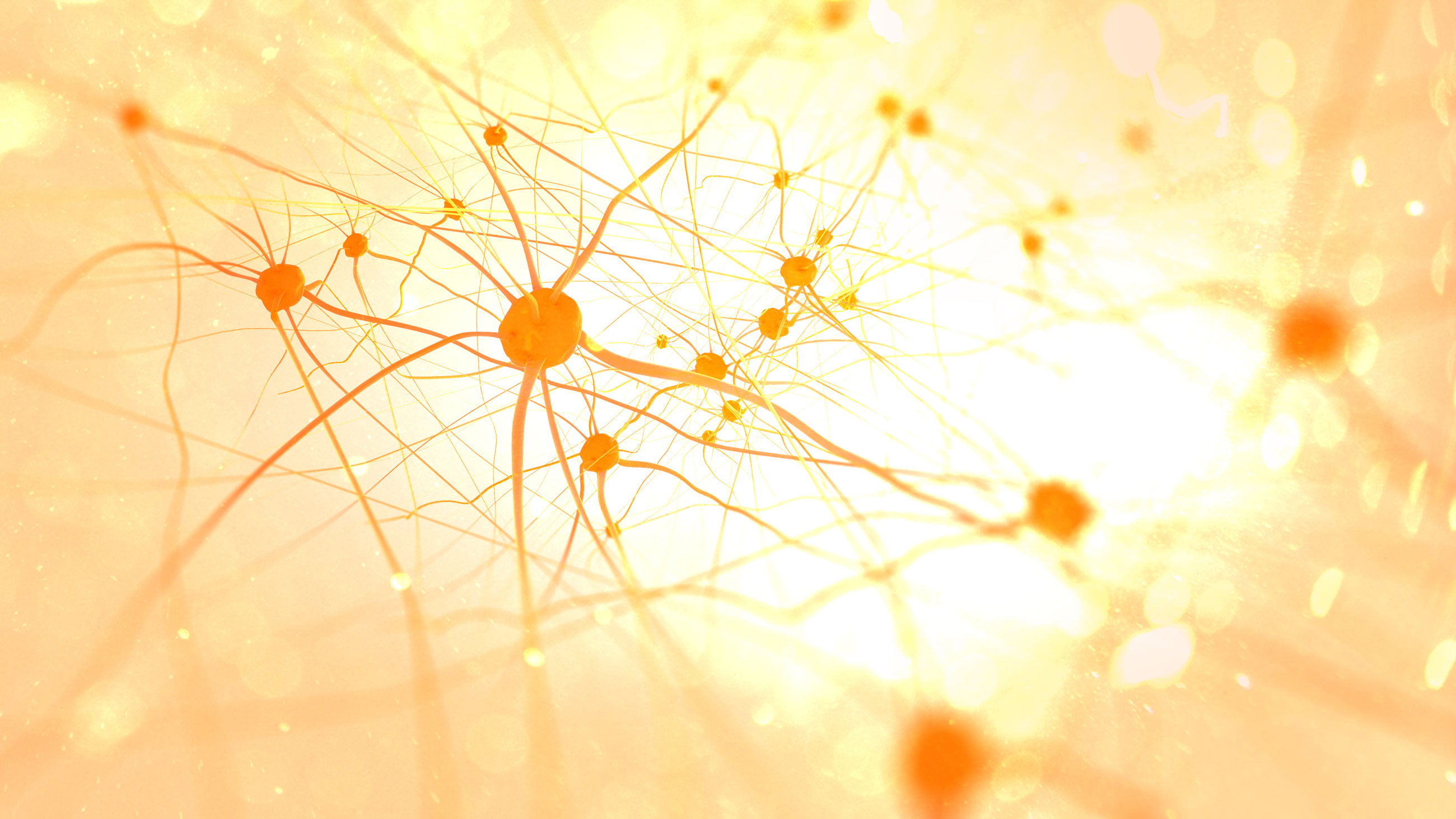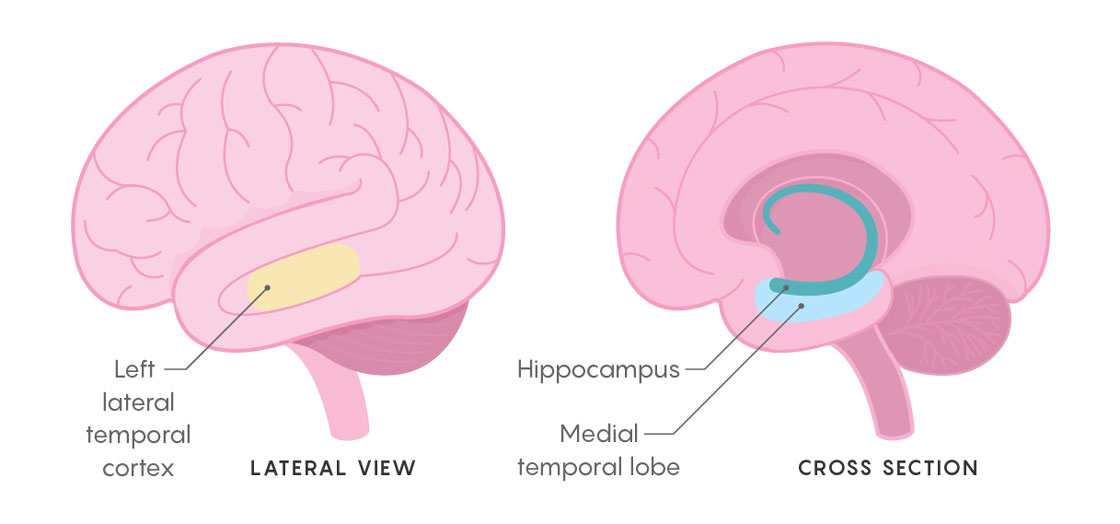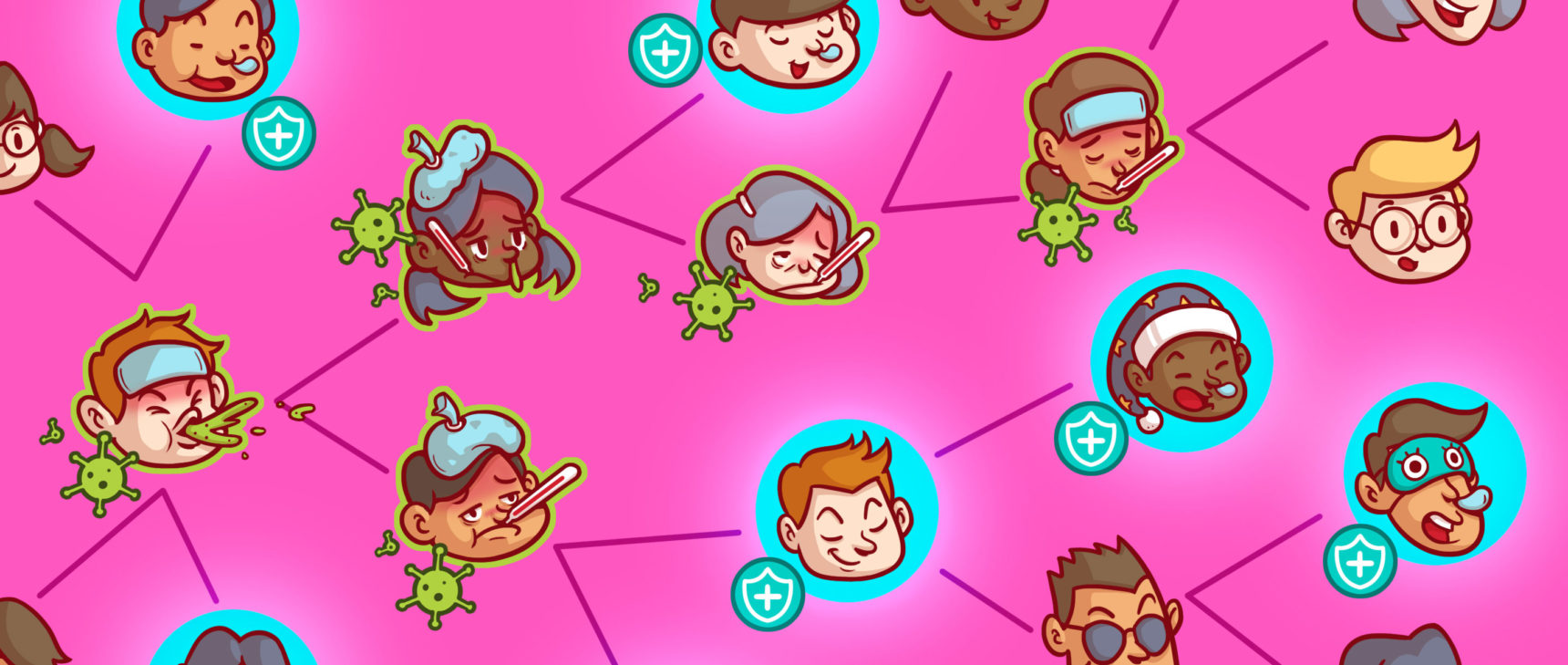With Strategic Zaps to the Brain, Scientists Boost Memory

The neural circuitry of the brain’s memory network still holds many mysteries.
Introduction
For the past two decades, neuroscientists have been treating movement and neurological disorders with deep brain stimulation, a technique in which electrodes planted in specific regions of the brain send electrical impulses through targeted neural circuitry. More recently, they’ve been trying brain stimulation to enhance memory as well — but with mixed results. In a study appearing today in Nature Communications, however, a team of researchers succeeded at enhancing memory more reliably, by stimulating an area of the brain mostly ignored in earlier studies and by applying that stimulation more strategically and selectively.
The discovery could someday have important clinical applications for treating Alzheimer’s disease and other conditions that involve memory impairment. But in the short run, it is also important for what it shows about the significance of a region on the brain’s outer surface, the left lateral temporal cortex, to memory function. “This study reinforces the wisdom that this part of the brain is very important for making the glue that consolidates learned information,” said György Buzsáki, a neuroscientist at the New York University School of Medicine who was not involved with the work.
A group led by Michael Kahana, a professor of psychology at the University of Pennsylvania, and Daniel Rizzuto, Penn’s director of cognitive neuromodulation at the time, conducted the experiment in patients with epilepsy whose treatment already involved invasive neurosurgical procedures. As the patients were shown a series of words they would be asked to remember later, the researchers recorded activity in several regions of their brains. They then used a machine-learning algorithm to build a “memory model” for each individual: It could read a patient’s neural response — more specifically, changing patterns of low- and high-frequency activity throughout the memory network — when first presented with a word, and predict how likely he or she was to remember it. If the model predicted the patient had more than a 50 percent chance of forgetting, it triggered stimulation to the left lateral temporal cortex, a surface area of the brain known to be active during memory tasks, including ones related to language.
“We essentially built a control system” for the subjects’ memory, Kahana said. He and his colleagues found that the control system enabled patients to remember approximately 15 percent more of the task’s words than they could without it.
In work published last year, the team found that if a patient’s brain state indicated a high likelihood of remembering the word, inducing stimulation led to lower performance on the task. “It’s only when the brain is in a bad memory state, when the pattern doesn’t look like it does when the patient is going to remember something,” Kahana said, “that stimulation is likely to improve memory.”
Rizzuto echoed that view. “The brain state of the patient is incredibly important in driving the effect of memory improvement,” he said. “We showed that by linking the brain stimulation to ongoing brain rhythms, we’re able to reliably enhance memory.”
Other groups of researchers have experimented with stimulating the brain to aid recall, too, but those projects typically targeted core areas of the human memory network — namely, the medial temporal lobe and hippocampus, which carry out critical functions that enable the formation and retrieval of memories. Although a handful of these studies reported successes, many others found that the stimulation either disrupted or had no effect on memory performance.
In contrast, although the lateral temporal cortex seems less anatomically and functionally central to memory, stimulating it yielded better results for Kahana and Rizzuto’s team. The lateral temporal cortex appears to be what Rizzuto called a “hot spot” for stimulations geared toward memory enhancement. Manipulating it may change patterns of connectivity between that region and the hippocampus, thereby exerting a more global effect on the memory system. “We’ve been able to show that stimulating this one node in the memory network, even though it’s on the periphery and isn’t the [first] place you’d start, does change the network more broadly,” he said.
The position of the left lateral temporal cortex on the brain’s surface contrasts with those of other parts of the memory network, the hippocampus and medial temporal lobe, buried deep inside the organ. Lucy Reading-Ikkanda/Quanta Magazine
Regardless of how stimulating the lateral temporal cortex improves memory, its position on the surface of the brain makes it a much more appealing target for interventions than the hippocampus or medial temporal lobe, said Nicole Swann, an assistant professor specializing in neurophysiology at the University of Oregon. “It’s easier to reach and may be safer to stimulate clinically if a more chronic stimulation system were to be used.”
The Penn researchers now hope to broaden their work, which was undertaken as part of the Restoring Active Memory program of the Defense Advanced Research Projects Agency (DARPA), to address other illnesses and disorders associated with memory impairment, including traumatic brain injury and Alzheimer’s disease. (Kahana and Rizzuto cofounded a company, called Nia Therapeutics, to achieve that goal and develop a fully implantable version of the device.) “All the research we’ve done has been in patients with epilepsy, but what we’ve found is that it doesn’t matter if they’re young or old, if they have a background of traumatic brain injury or not, if they’re male or female,” Rizzuto said. “That gives us confidence that we can create an effective therapy for [other disorders].”
To reach that point, Swann said, the team needs to replicate its study and to explore the effects of other stimulation patterns and other brain region targets. “That would motivate use of the lateral temporal cortex specifically,” she said.
Buzsáki also pointed out other factors to consider, including how to ensure that the right memories are enhanced. In this experiment, he said, the researchers focused on having patients remember the study material — but how can this stimulation method ensure that people selectively remember what’s significant in less clinical settings?
“The questions [the researchers] address are some of the most exciting in this field right now,” Swann said. “This is an important proof of principle … and I’m looking forward to seeing future studies that will help determine its potential relevance for clinical applications.”



